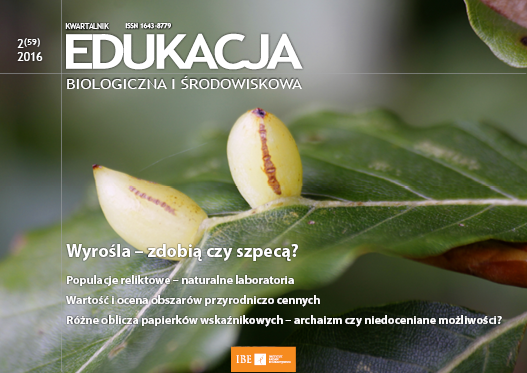Populacje reliktowe – „naturalne laboratoria”
Relict populations – natural laboratories
Author(s): Magdalena ŚwisłockaSubject(s): Energy and Environmental Studies, Sociobiology
Published by: Instytut Badań Edukacyjnych
Keywords: chromosome Y; Biebrza valley; bottleneck; moose; molecular markers; mitochondrial DNA; relict populations;
Summary/Abstract: A relict populations play an important role in the sustainability of the species. There are a determinant of their evolutionary potential and an essential component of intraspecific biodiversity. A relict populations can be defined as distinctive populations or species that typically are few in number or small in size, and severely restricted in geographic range. Relict populations are, almost by definition, “survivors”, and interpreted usually as a trace, from the past. They are considered as natural laboratories for investigating how long-term environmental change impacts species and populations. Molecular markers, which are biological macromolecules, are the ideal tool used to identify the origin and type of relict populations or species. Genetic analysis of mitochondrial DNA and Y-chromosome markers confirmed that moose population in the Biebrza valley (north-eastern Poland) is a relict group of this species.
Journal: Edukacja Biologiczna i Środowiskowa
- Issue Year: 2016
- Issue No: 2
- Page Range: 8-13
- Page Count: 6
- Language: Polish
- Content File-PDF

